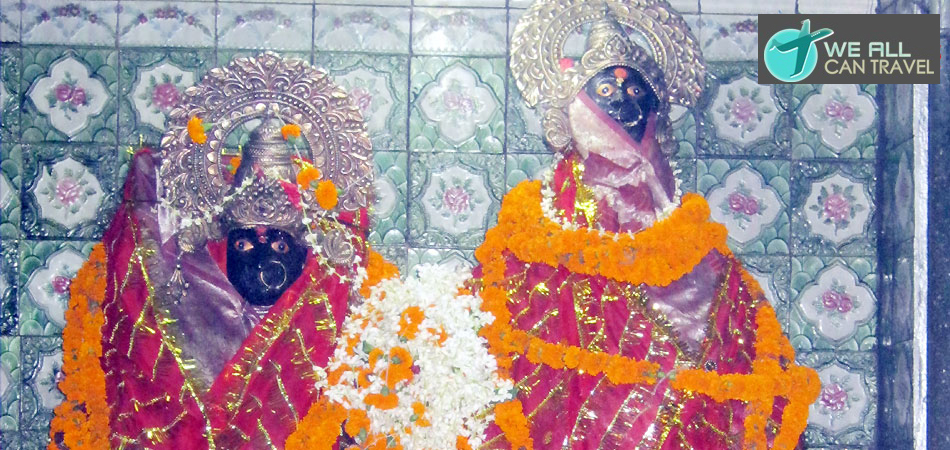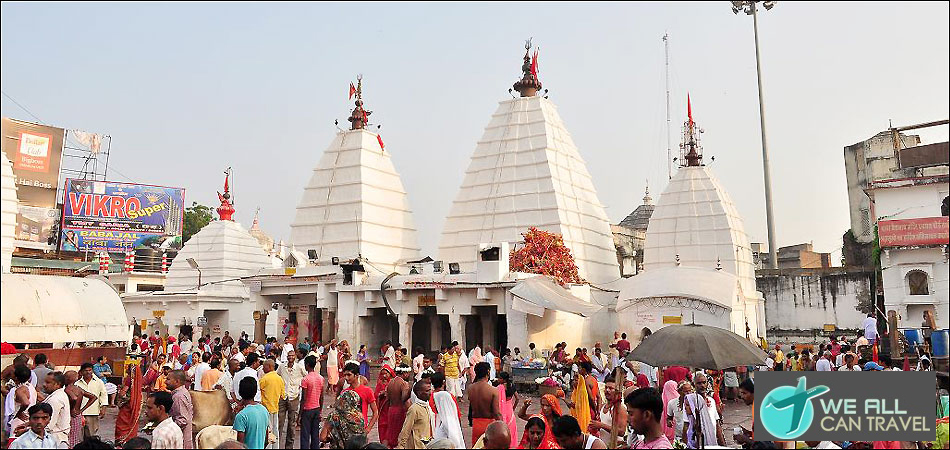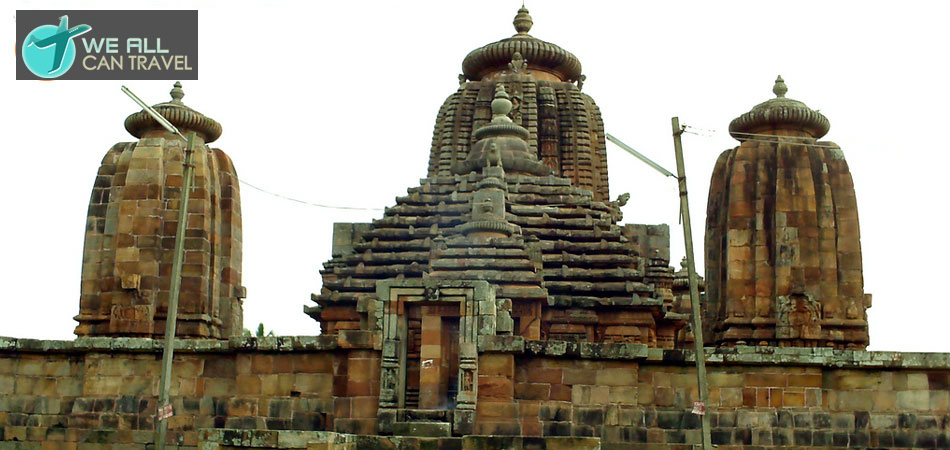Legend Of Mahabodhi Temple
According to accepted testimony, Gautama Buddhas birth and death could be placed between 560 B.C. and 480 B.C. There are a very large number of mythical and legendary stories regarding the Buddha. This is partially due to the fact that Buddhist literature grew later than the Buddha and statements, traditions and legends have been freely ascribed to Buddha personally. Through passage of time they have acquired a certain degree of sanctity throughout the world.
. Buddha was born as a prince in a small principality of the Sakya clan at Kapilavastu on the borders of Nepal. His name was Siddhartha and he was also called Gautama or Sakyasinha after the section of the Sakya clan to which he belonged. His father was Suddhodana and mother Mayadevi. According to accepted tradition, Mayadevi died a week after the birth of the child and her sister Mahaprajapati brought up the child. Afraid of distinct religious trends in the boy, Suddhodana took great care to surround him with worldly pleasures. Siddhartha was married to Yasodhara. Inspite of all attempts to shut out the sights of miseries of the world from the eyes of the prince, he is supposed to have seen four of them that turned his mind all the more towards the quest of peace and truth. It is said that, going out of the palace, he met a decrepit man worn with age, a very sick person and a funeral procession. These three sights had already filled his mind with deep thought, when he saw the fourth sight and that was of a sublime ascetic who was the picture of peace and happiness.
A son was born to him but Siddharths mind was too full now to be swayed by worldly pleasures and he left his home and changed his robes for those of an ascetic at the age of 29. In the quest of peace and truth, Siddhartha first came in touch with two Yogins, Arada Kalama and Udraka Ramputra. But the severe asceticism they prescribed did not bring him any peace or truth. Gautama left them and came to Gaya in the Magadha country (part of modern Bihar State) and practised austerities near Brahma Yoni Hill in Gaya. But he found no solace. Ultimately he left Gaya and went to the neighbouring village of Uruvila (modern Uraila) and for several years, along with his five disciples, followed a life of meditation and severe austerity. But he did not succeed in getting any spiritual salvation and decided to take food. He accepted the offerings of payas (rice cooked in milk) by Sujata, the daughter of a village chief. His five disciples left him in disgust and went away to Rishipatan (modern Sarnath). After gaining some physical strength, Gautama, as he was called by them, sat down under a Bodhi (peepal) tree, facing the east, deeply concentrated on meditation. The story is that a grass-cutter, Sottiya, gave him a bundle of grass on which he sat, determined not to move till he got salvation. We have the commonly accepted legend that Mara, the god of evil spirits, tried to entice him away by offerings of worldly pleasures, but Gautama was not moved. After some time Gautama obtained the supreme enlightenment (Samma Sambodhi) and became the Buddha. He passed a few weeks more at the village Uruvila, which is now known as Bodh Gaya or Buddha Gaya. His mind was torn with the ideas as to whether he should keep the supreme knowledge he had obtained to himself or he should share
 >> Aranya Devi Temple
>> Aranya Devi Temple >> Baidyanath Temple
>> Baidyanath Temple >> Bari Patan Devi Temple
>> Bari Patan Devi Temple >> Bramheswara Temple
>> Bramheswara Temple >> Hariharnath Temple
>> Hariharnath Temple